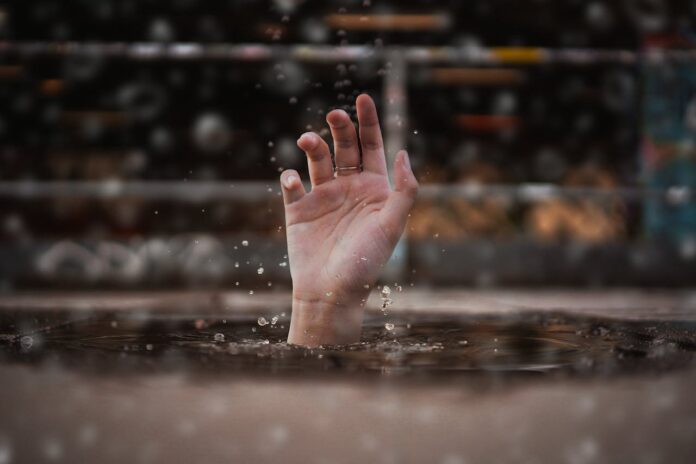When we think of the word ‘drowning,’ often, dramatic scenes from movies or TV shows might flash before our eyes—flailing arms, splashing water, and cries for help. However, the reality of drowning is far more silent, and consequently, it is a threat that goes commonly underestimated. Drowning is often a quiet, undramatic process that can unfold in as little as 20-60 seconds, even in shallow water. This stealthy nature makes it a silent killer that claims lives with a quiet yet deadly grip.
Understanding the drowning process is crucial in preventing these tragedies and protecting our loved ones. Here’s an insightful list that delves into the often-misunderstood nuances of drowning:
1. The Deceptive Calm: Recognizing Non-Traditional Signs
Contrary to popular belief, drowning doesn’t always involve vocal signals or violent splashing. In reality, it’s often eerily quiet. Many individuals, especially children, slip below the surface silently. Recognizing these non-traditional signs is critical. When someone is drowning, their primary focus is on breathing, which means they cannot call out for help. Their body becomes vertical in the water, they may not be able to wave their hands, and they can appear to be doggy paddling without making noise.
This deceptive calm is why drowning dangers are often unnoticed until it’s too late, emphasizing the importance of vigilant supervision around water.
2. The Physiological Battle: What Happens To The Body
During drowning, the body undergoes a series of involuntary physiological responses. Initially, there is a fight to stay above water, leading to an increased heart rate and quick, shallow breaths. As the body begins to submerge, a reflex called the ‘gag reflex’ prevents water from entering the lungs, leading to what is known as ‘dry drowning.’
However, if water does enter the lungs (‘wet drowning’), it disrupts the exchange of oxygen and carbon dioxide, causing hypoxia. The brain, deprived of oxygen, eventually shuts down all non-vital functions in a desperate attempt to survive.
3. The Silent Struggle Of The Instinctive Drowning Response
The instinctive drowning response is a term coined by Francesco A. Pia, Ph.D., and it describes a person’s automatic reactions when they are suffocating in water. It includes motions such as extending the arms laterally and pressing down on the water’s surface to lift the mouth out of the water.
Unfortunately, this response does not look like the frantic splashing that people expect. Because the body is hardwired to prioritize breathing over voluntary actions like signaling for help, the struggle is silent and often goes unnoticed by onlookers.
4. Secondary Drowning: The Hidden Aftermath
Secondary or delayed drowning is a perilous condition that can occur hours after a person has been rescued from a near-drowning incident. Water that has entered the lungs can damage the lining, causing a pulmonary edema—where fluids accumulate in the lungs, hindering breathing. Signs of secondary drowning include persistent coughing, difficulty breathing, chest pain, and extreme fatigue.
Understanding this hidden aftermath is crucial as it requires immediate medical attention even if the individual seems fine after the initial rescue.
5. The Risk Of Misinterpretation And Delayed Response
One of the most dangerous aspects of drowning is the risk that witnesses will misinterpret what they are seeing. Because the process does not match the exaggerated portrayals seen in media, there is a chance that the person witnessing the event may not realize that a drowning is occurring. This delay in response can be fatal.
It is essential to educate people on the actual signs of drowning and reinforce that if someone seems to be floating aimlessly or looks like they’re trying to climb an invisible ladder, they might be in trouble.
Conclusion
Drowning remains a leading cause of accidental death worldwide, but with the right knowledge and vigilance, it is preventable. Understanding the drowning process—the silent, subtle signs, the physiological struggle, and the potential for delayed symptoms—is vital in raising awareness and enhancing safety around water.
Whether you are a parent, a caregiver, or simply someone who enjoys time near water, being informed about the true nature of drowning can save lives. Always keep an eye out, never underestimate the silence of the water, and remember that the best way to fight the silent threat of drowning is through education and preventative action.


